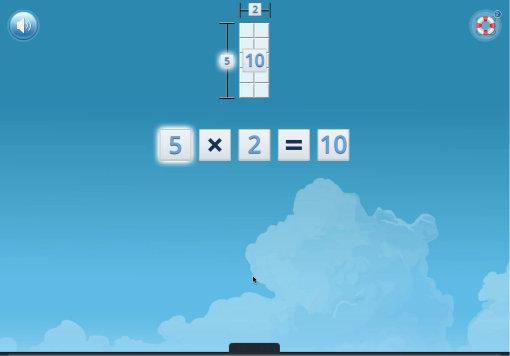When students use Symphony Math, they see their solutions justified with visual models. This is our way of reinforcing the relationship between number sense and spacial relationships. Below we check a multiplication fact by using a grid (area model):

This technique works for us because it is fast, it is consistent, and it provides a visual justification. If the student has made an error, they can correct their work and see it reflected in the model.
In your math classroom, justification can come in the form of questioning. Consider using some of these questions when students are working:
- "How do we know that this answer is correct?"
- "What strategy did you use when you answered this problem?"
- "Can you represent your solution with a model?"
These questions may lead to interesting math talks, or they may simply be a 20-second confirmation of a known strategy. You might even gain some insight into gaps in understanding. Regardless, your consistent questioning encourages students to understand, question, and justify their solutions. |